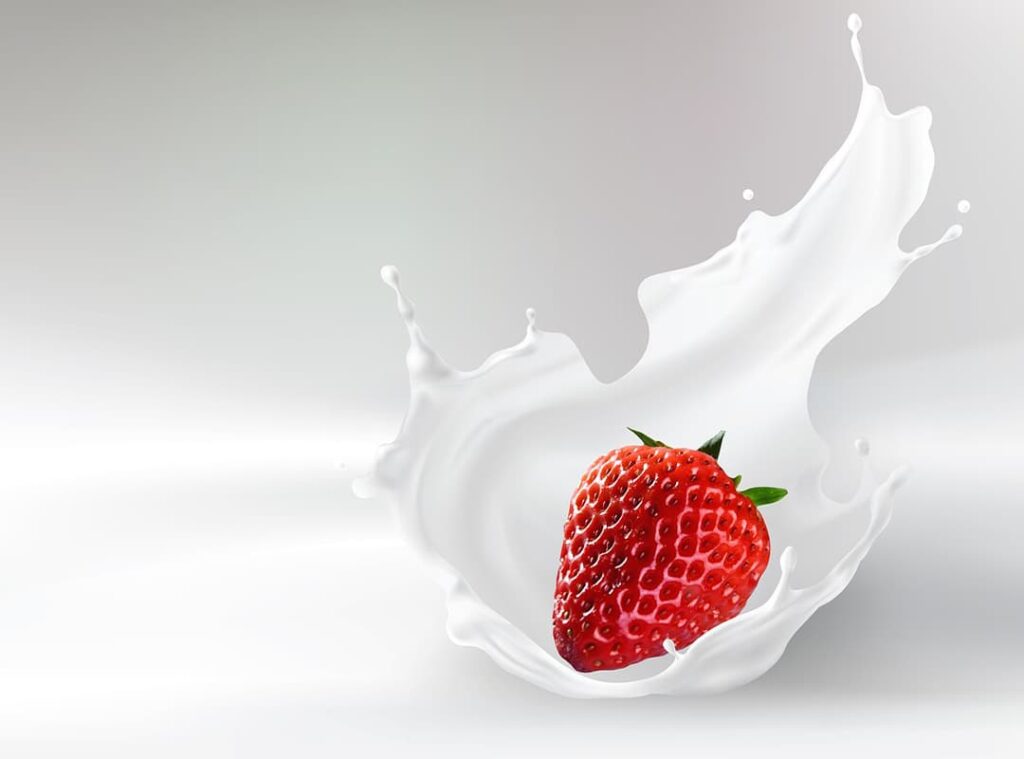The use of freeze-dried products: powdered ingredients, creams, dairy products is a great help for functional nutrition. Their composition is unchanged and verified down to the molecular level.
The use of freeze-dried products is a great environment for the development of additive technologies. And this is where the use of 3D printers to print food products comes into play. This technology now seems futuristic and incomprehensible to the common man, but it has undeniable advantages. The main of which is the creation of products that are ideal for a particular person. This is possible thanks to a combination of:
- precisely calibrated composition of sublimated components;
- the use of machine precision 3D printers.
The first step towards additive technologies in food production is the digitization of existing recipes and the creation of a unified electronic database of smart recipes in blockchain mode. This will allow ranking recipes by national cuisines and traditions, food flavor priorities, but most importantly, by functional affiliation:
- sports nutrition based on human needs;
- dietary dishes, taking into account the recommendations of doctors;
- presence or absence of certain products and micronutrients.
The database of smart recipes will take into account all the requirements and can prepare a varied menu based on them.
The resulting recipes can be entrusted to a chef, but then you have to be prepared for problems related to human error. Even the best cook can make a mistake and will not be able to repeat the same recipe 100 times down to the smallest detail. Besides, not everyone can afford to have a personal chef.
If we consider the HoReCa industry, there is no guarantee that the dish will fully meet the needs of a particular person. Let’s take the most banal Olivier salad. In every restaurant and cafe the composition and method of preparation are different, and somewhere they serve a completely different salad under the brand name “Olivier”. And this is taking into account that the basic recipe is widely known.
A 3D printer, having a recipe – a clearly defined formula, will create exactly the product that is specified. Subsequently, the printer can reproduce it as many times as desired without deviation. In addition, the final cost of the products will be more than affordable. Especially compared to a personal chef or a good restaurant.
